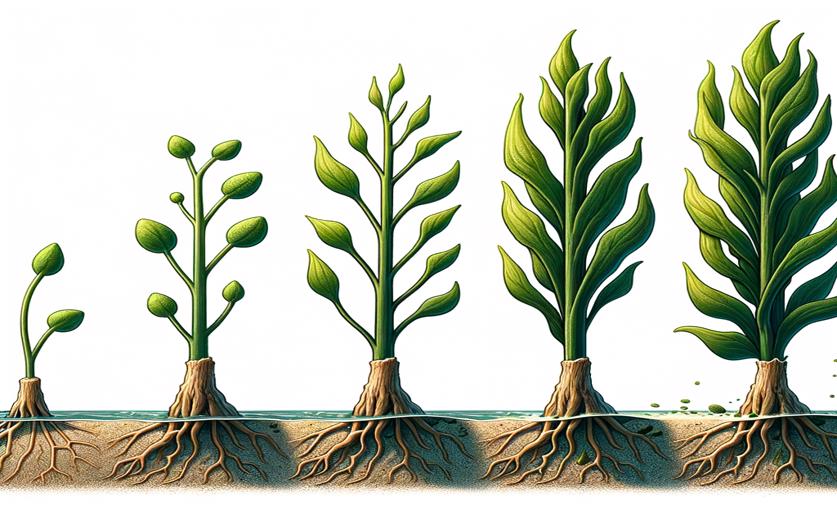
How a Seaweed's Growth and Shape Change Over Time
Jenn Hoskins
10th March, 2024

Image Source: Natural Science News, 2024
Key Findings
- In southwest UK, the kelp Saccorhiza polyschides has become more abundant, especially in late summer
- This kelp provides important habitats and contributes to marine productivity
- Its short, yearly life cycle differs from other long-lived kelps, affecting local biodiversity
EcologyPlant ScienceMarine Biology
References
Main Study
1) Spatiotemporal variability in population demography and morphology of the habitat-forming macroalga Saccorhiza polyschides in the Western English Channel.
Published 8th March, 2024
https://doi.org/10.1093/aob/mcad181
Related Studies
2) Seasonal and spatial variability in rates of primary production and detritus release by intertidal stands of Laminaria digitata and Saccharina latissima on wave-exposed shores in the northeast Atlantic.
3) The value of ecosystem services in global marine kelp forests.
4) The sugar kelp Saccharina latissima I: recent advances in a changing climate.
5) Continent-wide declines in shallow reef life over a decade of ocean warming.



 9th March, 2024 | Jenn Hoskins
9th March, 2024 | Jenn Hoskins